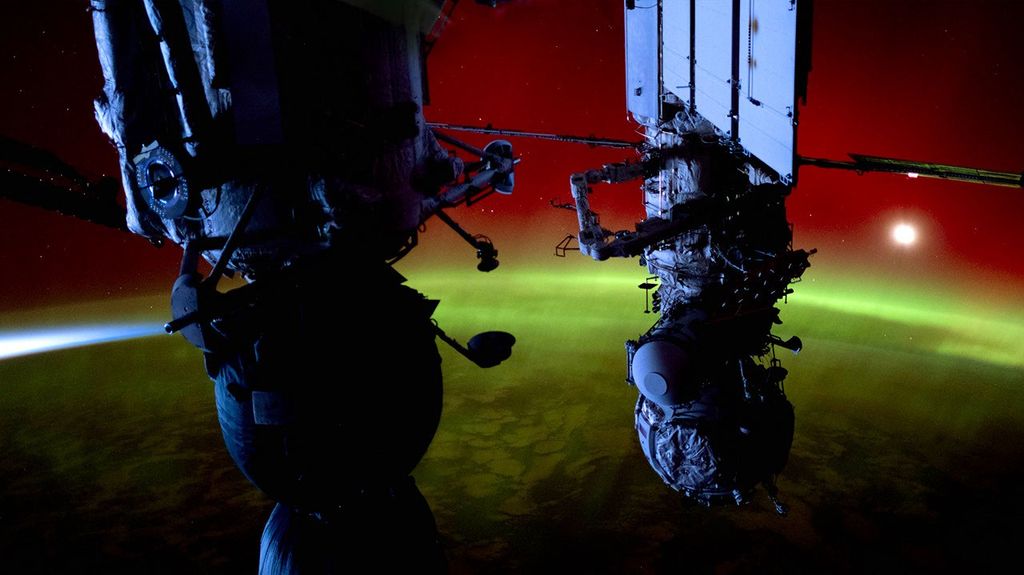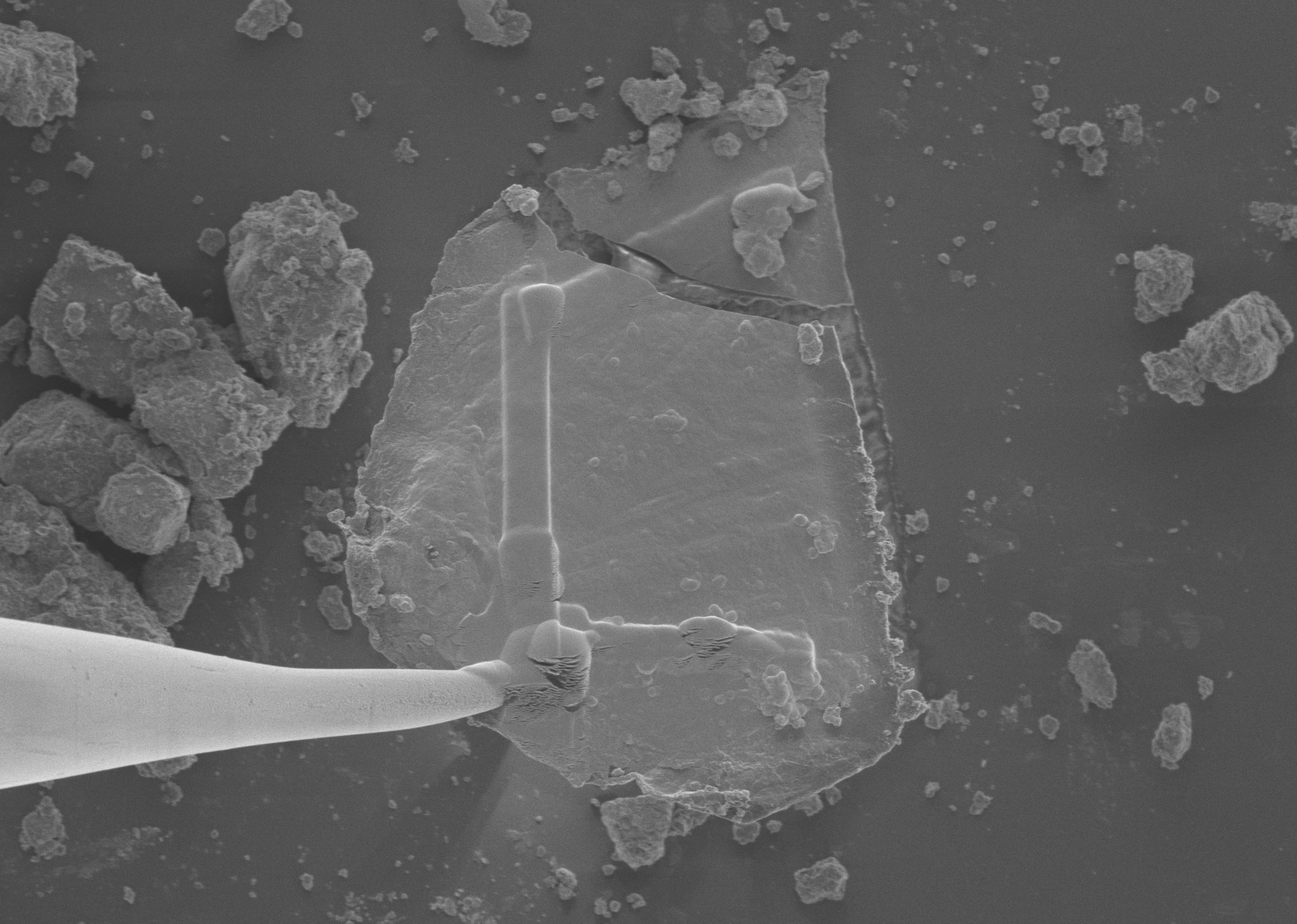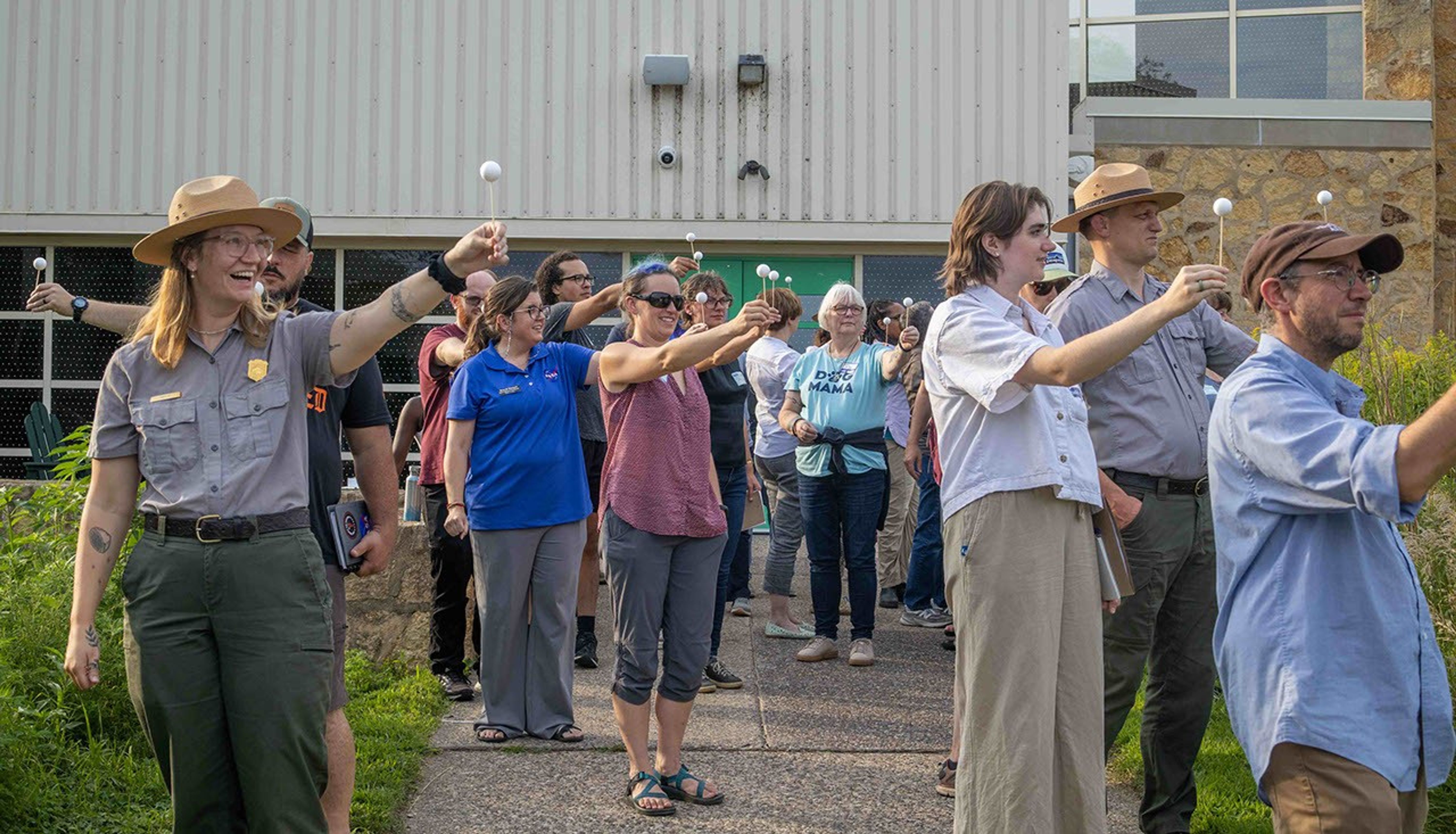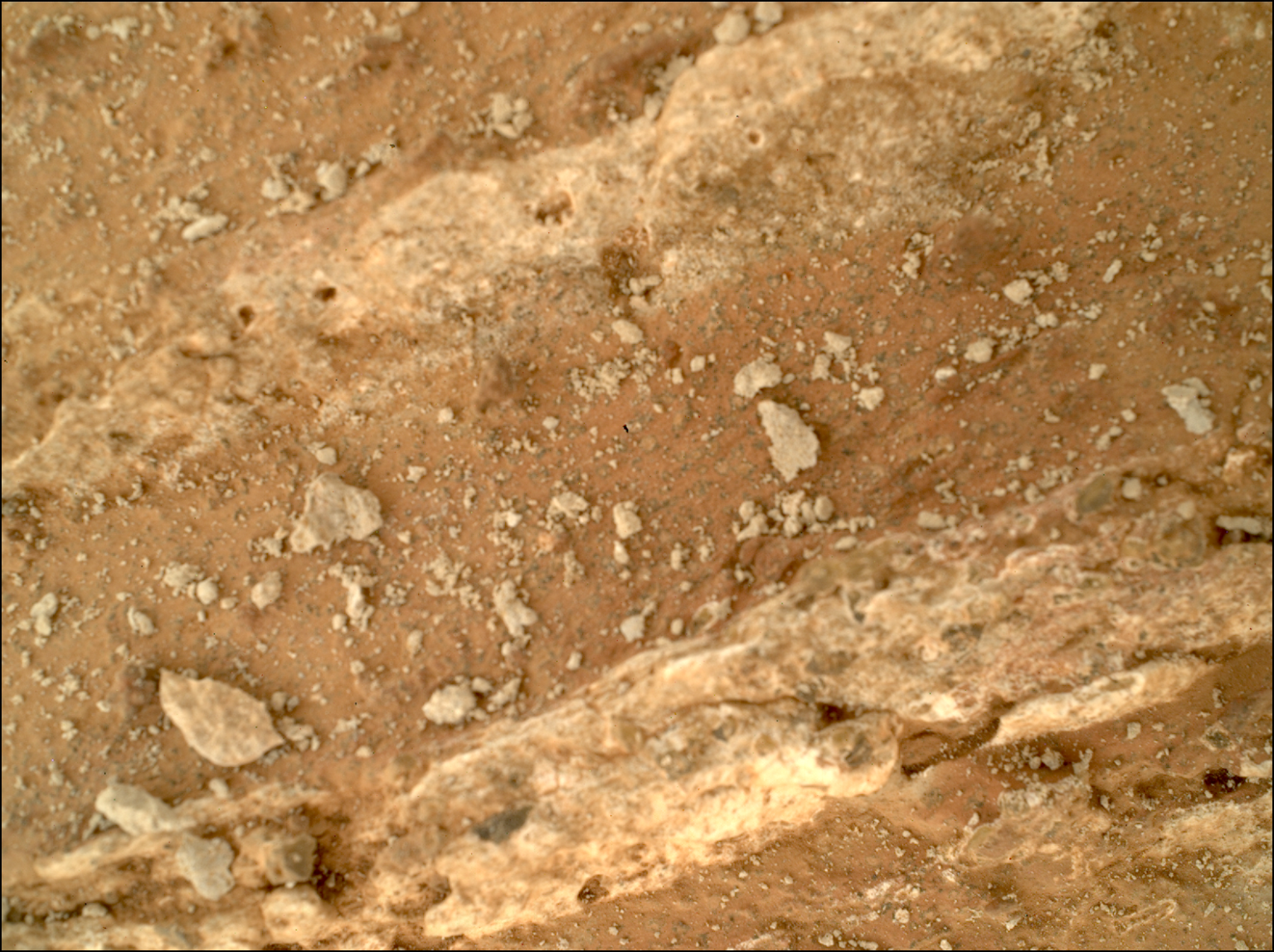
Meet the New Interdisciplinary Consortia for Astrobiology Research Teams
NASA’s Astrobiology Program maintains a broad research portfolio aimed at understanding life’s origins and its relationship to Earth over time in order to search for life in the universe. The Interdisciplinary Consortia for Astrobiology Research (ICAR) program funds large, collaborative teams that address a single, compelling question in astrobiology using an interdisciplinary approach aligned with NASA’s Astrobiology Strategy. Each selected team receives support for up to five years.
Awards
Teams
Years of support
Teams
Four new teams have been selected for ICAR through the 2024 omnibus solicitation Research Opportunities in Space and Earth Science (ROSES). Their research will deepen knowledge in cutting-edge areas of astrobiology, including advancing the search for life on ocean worlds, probing early Mars habitability as a window into understanding Earth at the dawn of life, and applying machine learning to identify and interpret potential biosignatures beyond Earth.
-
Investigating Ocean Worlds: A Systems-Level Approach to Understanding Organic Carbon Cycles
Led by Christopher German from the Woods Hole Oceanographic Institution. The team will study how organic matter develops in oceans as context for interpreting data from missions to ocean worlds in the outer Solar System.
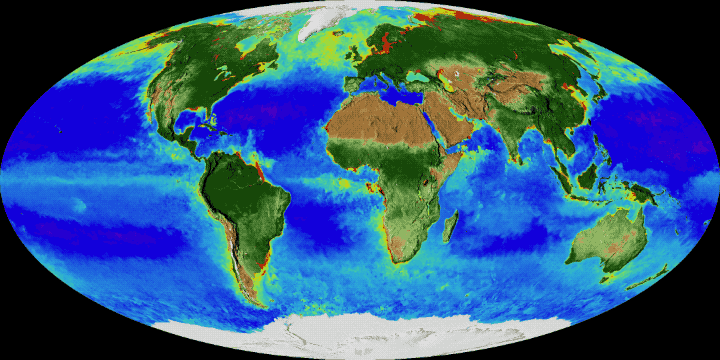 NASA's global view of plant life in the ocean and on land plays a critical role in understanding carbon from both natural and human-caused sources as it moves within and among the atmosphere, the ocean and land as our living planet breathes.NASA
NASA's global view of plant life in the ocean and on land plays a critical role in understanding carbon from both natural and human-caused sources as it moves within and among the atmosphere, the ocean and land as our living planet breathes.NASA -
Probing Origin of Life Possibilities, Atmospheric Redox, & Terrestrial Environment Evolution
Led by Stephanie Olson from Purdue University. The project asks whether early Mars environments were favorable for the origin of life. The team will integrate data from rovers and orbiters currently at Mars with data from Martian meteorites, fieldwork at Earth analog sites, geochemical and climate modeling, and laboratory experiments. The goal is to create a more complete view of early Mars habitability and a window into what Earth was like when life arose more than three billion years ago.
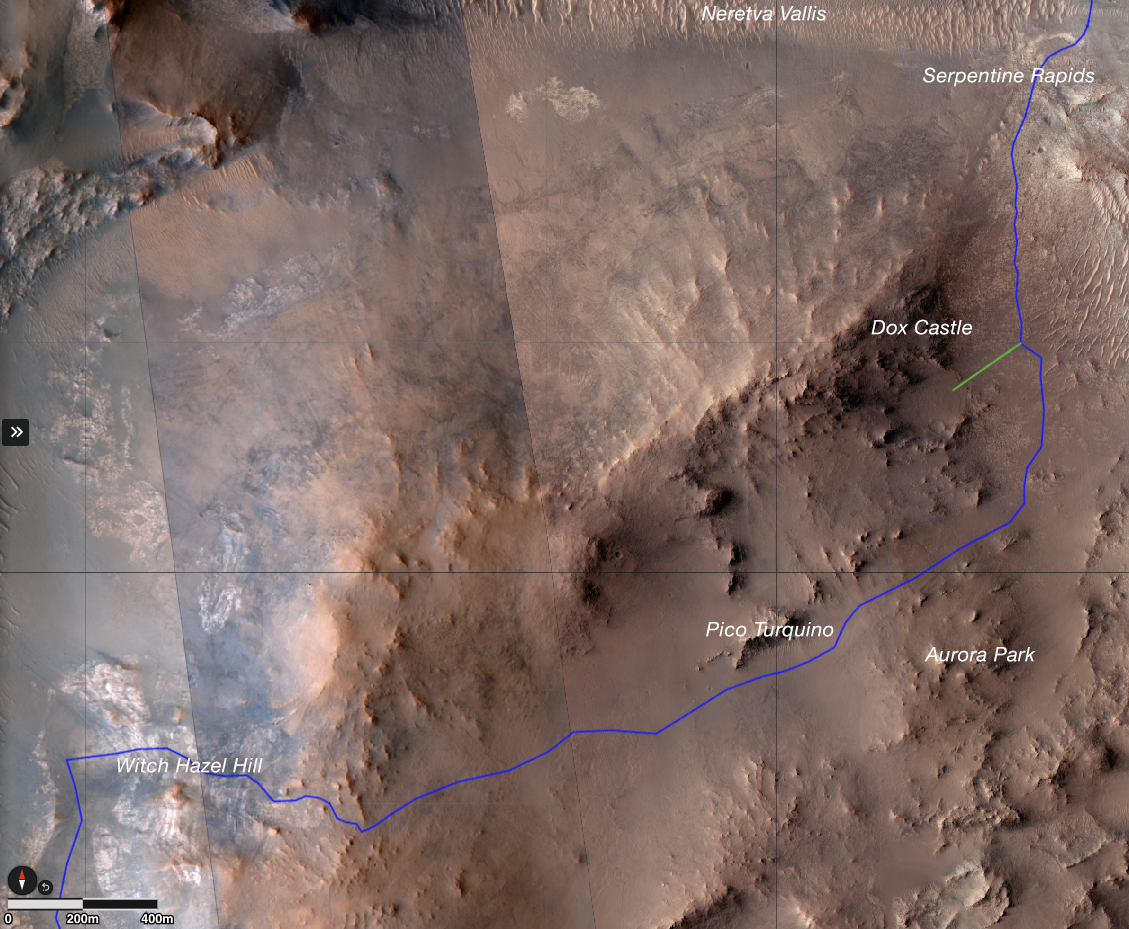 This map shows the route NASA's Perseverance Mars rover will take (in blue) as it climbs the western rim of Jezero Crater, first reaching Dox Castle, then investigating the Pico Turquino area before approaching Witch Hazel Hill.NASA/JPL-Caltech/University of Arizona
This map shows the route NASA's Perseverance Mars rover will take (in blue) as it climbs the western rim of Jezero Crater, first reaching Dox Castle, then investigating the Pico Turquino area before approaching Witch Hazel Hill.NASA/JPL-Caltech/University of Arizona -
OxyMoRon: Understanding Dioxygen Production and Consumption in Apparently Anoxic Environments
Led by S. Emil Ruff from the Marine Biological Laboratory. The team will investigate the role of dark oxygen on the ecology and evolution of life in Earth’s hidden ecosystems by exploring marine and terrestrial subsurface environments that also serve as proxies for rocky planets and icy moons.
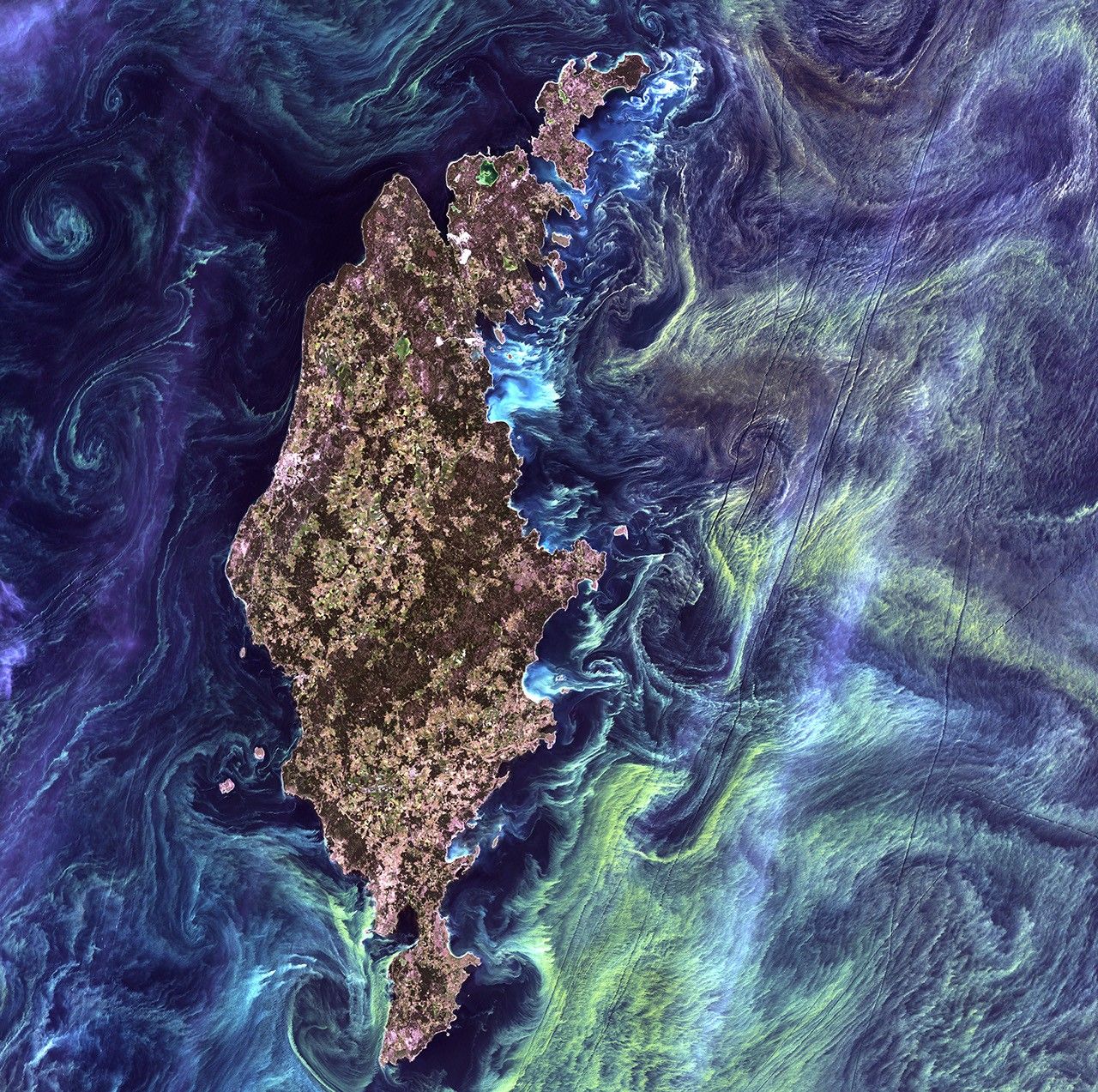 In the style of Van Gogh’s painting “Starry Night,” massive congregations of greenish phytoplankton swirl in the dark water around Gotland, a Swedish island in the Baltic Sea. Phytoplankton are microscopic marine plants that form the first link in nearly all ocean food chains. Population explosions, or blooms, of phytoplankton, like the one shown here, occur when deep currents bring nutrients up to sunlit surface waters, fueling the growth and reproduction of these tiny plants.NASA/USGS/Landsat 7
In the style of Van Gogh’s painting “Starry Night,” massive congregations of greenish phytoplankton swirl in the dark water around Gotland, a Swedish island in the Baltic Sea. Phytoplankton are microscopic marine plants that form the first link in nearly all ocean food chains. Population explosions, or blooms, of phytoplankton, like the one shown here, occur when deep currents bring nutrients up to sunlit surface waters, fueling the growth and reproduction of these tiny plants.NASA/USGS/Landsat 7 -
Advancing Multi-Messenger Biosignature Techniques with Machine Learning
Led by Caleb Scharf and Michael Wong from NASA’s Ames Research Center and Carnegie Institution of Washington respectively. The project asks whether extant or extinct life exists elsewhere in the solar system and whether multiple types of measurements and evidence can be combined using machine learning (ML) to help find it.
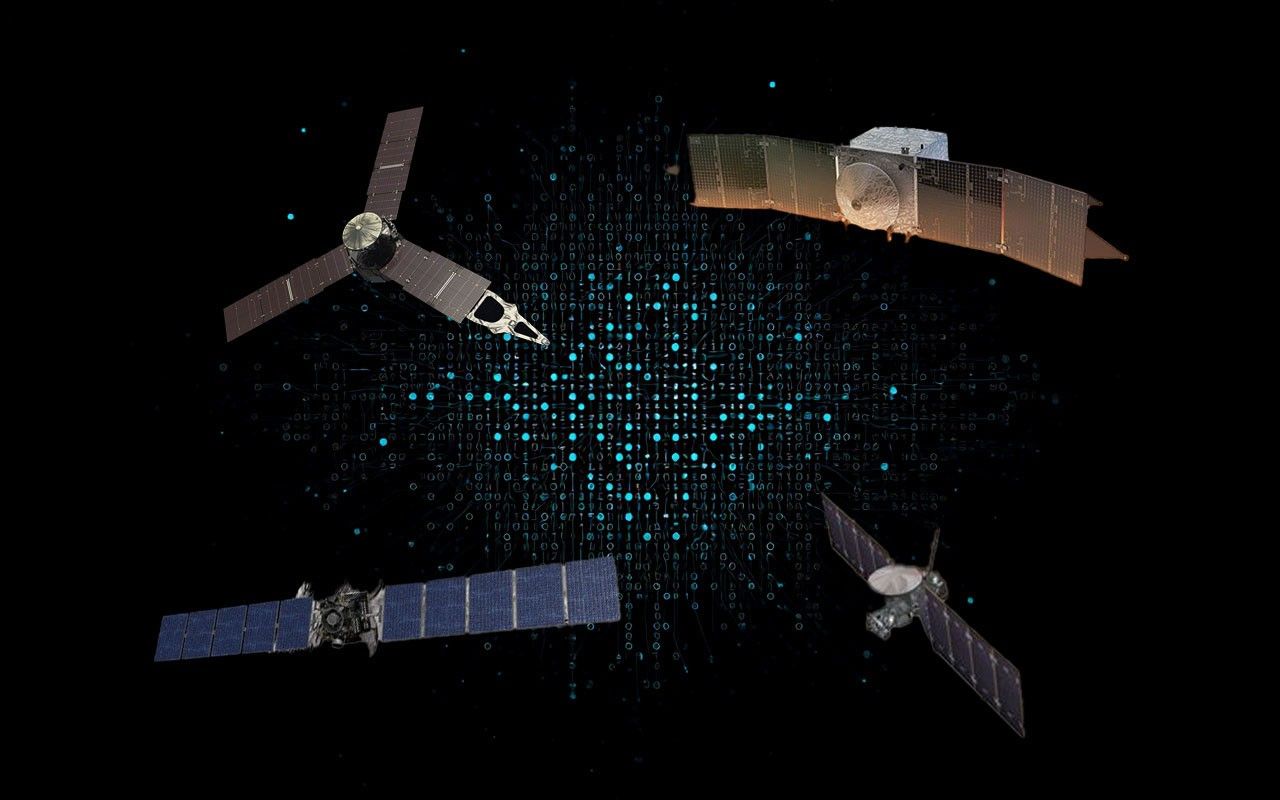 Solar system probes JUNO, Maven, Dawn, and Europa ClipperNASA
Solar system probes JUNO, Maven, Dawn, and Europa ClipperNASA
















